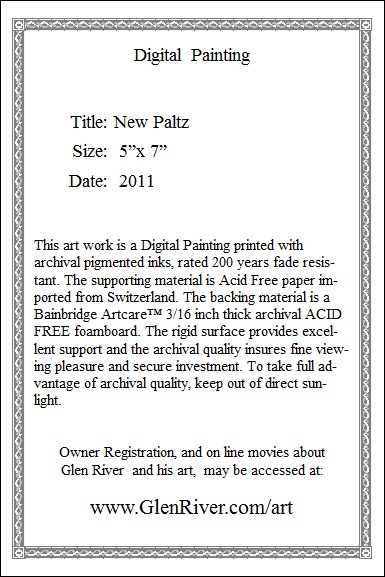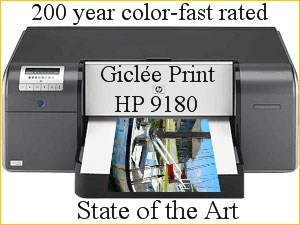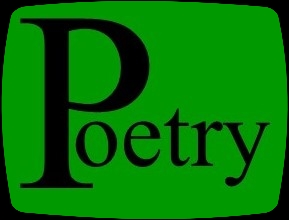Portraits of Place Series
Scroll down to locate Title information.
Mouse over picture will pause the slide show.

Label on back of print
 NYC-B-1 NYC-B-1
 NYC-B-2 NYC-B-2
 NYC-B-3 NYC-B-3
 NYC-B-4 NYC-B-4
 NYC-B-5 NYC-B-5
 NYC-B-6 NYC-B-6
 NYC-B-7 NYC-B-7
 NYC-B-8 NYC-B-8
 NYC-B-9 NYC-B-9
 NYC-B-10 NYC-B-10
 NYC-B-11 NYC-B-11
 NYC-B-13 NYC-B-13
 NYC-B-14 NYC-B-14
 NYC-B-15 NYC-B-15
 NYC-B-16 NYC-B-16
 NYC-B-17 NYC-B-17
 NYC-B-18 NYC-B-18
 NYC-B-19 NYC-B-19
 NYC-B-20 NYC-B-20
 NYC-B-21 NYC-B-21
 NYC-B-22 NYC-B-22
 NYC-B-23 NYC-B-23
 NYC-B-24 NYC-B-24
 NYC-B-25 NYC-B-25
 NYC-B-26 NYC-B-26
 NYC-B-27 NYC-B-27
 NYC-B-28 NYC-B-28
 NYC-B-29 NYC-B-29
 NYC-B-30 NYC-B-30
 NYC-B-31 NYC-B-31
 NYC-B-32 NYC-B-32
 NYC-B-33 NYC-B-33
 NYC-B-34 NYC-B-34
 NYC-B-35 NYC-B-35
 NYC-B-36 NYC-B-36
 NYC-B-37 NYC-B-37
 NYC-B-38 NYC-B-38
 NYC-B-39 NYC-B-39
 NYC-B-40 NYC-B-40
|
|
Bus trip into New York City
In spring of 2011 A group of artists from the Connecticut area gathered for a bus trip into New York City for an art gallery crawl. The excursion served as a photo safari where I could explore my continuing "Portraits of Place" series of art works. The collection of paintings represented here are the results of that experience.
I have been working with a mixed media process of cross pollination between photography, print making, and painting since 1960. In 1965 I experimented
with light drawing in a darkened room using a pin hole camera. ( one of 3 I made as a project with Tanno Kaupi exploring optics, and light printing.)
Dark room experiments included interrupting emulsion process, such as, drawing into wet emulsion, hot water immersion to crawl the emulsion, snow bath
to crack
emulsion, and disruption of any variety which might effect a transformation in the image.
While at the Ruskin School of Drawing, 1975 I experimented with photo-emulsion resist with copper and zinc plate etching, as well as stone
lithography.
These migrated into paintings both as image and physically. In 1985 the computer was added into the mix. The photography is only a starting
point in the process. Pictures which do not work as photography, often are an excellent source material for the mixed media process. Thus my
understanding of each media has been altered by the experience of the individual media elements playing supporting roles in the collaboration of image
making.
My newest addition of (in studio) Giclée print making has added a tremendous variety of canvases for the process as well as inexpensive prints art
lovers may enjoy.

Giclée Print
What is Giclée? Giclée (zhee-clay) is a French word that means "to spray",
and this term has become the descriptive name for high-quality prints and
reproductions that are produced on professional ink-jet printers, using
lightfast, pigment-based inks on archival (paper or canvas).
I am using an HP 9180 archival printer with a color fast rating of 200 years. This means there will be special open editions as well as limited editions. Now a flood of artists proofs are paving the way to the new editions. Mixed media works are also happening faster than I had supposed. In order to do more images and see how they look, I am making a lot of 5"x 7" prints. Also some 8.5"x 11" and 11"x 17". Soon I'll try some 13"x 19". Within these size ranges I will set up a limited edition methodology as well.
|
|
|



